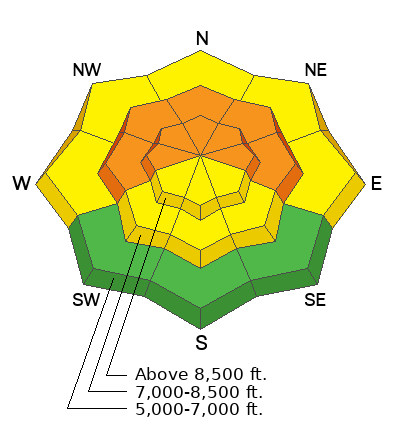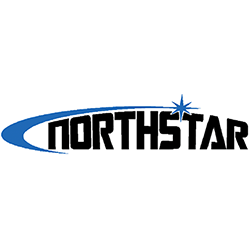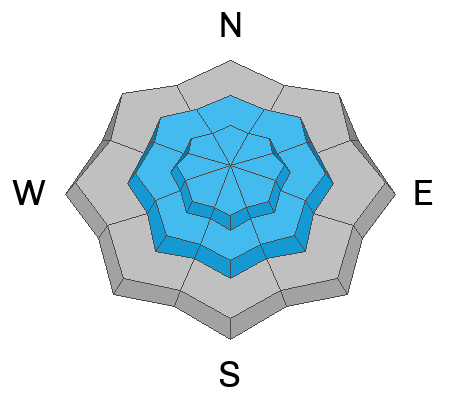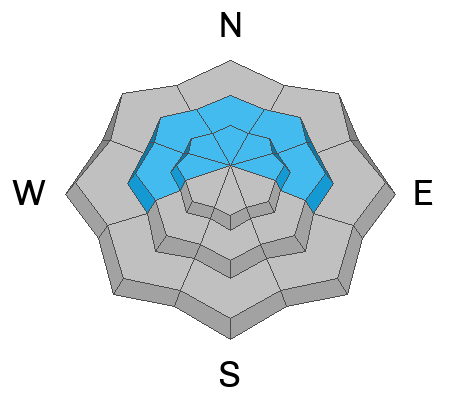Forecast for the Logan Area Mountains

Issued by Toby Weed on
Thursday morning, February 13, 2025
Thursday morning, February 13, 2025
Heightened avalanche conditions exist this morning, and human-triggered avalanches are possible on previously drifted slopes where a persistent weak layer is buried 1 to 3 feet deep. Drifting by increasing winds from the south and heavy snowfall will elevate the danger on many slopes to CONSIDERABLE by this evening.
- Careful snowpack evaluation, cautious route-finding, and conservative decision-making are essential.
- Avoid travel on or under steep drifted slopes and ridge-top cornices.

Low
Moderate
Considerable
High
Extreme
Learn how to read the forecast here






